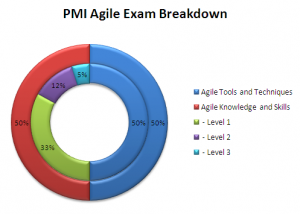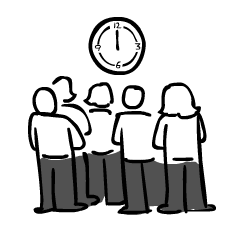I'll admit, I'm no Lean Six Sigma Black Belt. But as I was sitting in a management meeting the other day, I was impressed by a vendor's Operations Manager, who was being touted as one. The vendor has been running into some issues at the SOC (Systems Operations Center). We asked the vendor to take a few weeks and do an analysis and then propose some improved processes. I was apprehensive at first, being I've seen this vendor spend a lot of time and money to do an analysis, only to propose a solution similar to killing an ant with a sludge hammer. That did not happen this time. The Operations Manager offered a 15 minute presentation titled Kaizen. This caught my attention because Kaizen is Japanese for improvement or change for the better. I've heard the term used many times before, when referring to doing process improvement. A key component of this Kaizen presentation was a PICK chart. What is a PICK chart you ask? When faced with multiple improvement ideas, a PICK chart may be used to determine which ideas are the most benifitial. There are four categories on a 2x2 matrix; horizontal is scale of payoff (or benefits), vertical is ease or difficulty of implementation. More expensive actions can be said to be more difficult to implement. By deciding where an idea falls on the PICK chart, four proposed project actions are given: Possible, Implement, Challenge and Kill (PICK).
Small Payoff, easy to implement - Possible Big Payoff, easy to implement - Implement Big Payoff, hard to implement - Challenge Small Payoff, hard to implement - Kill
You'll notice by my graphic below that we have 3 ideas to implement, 2 that are possible, 2 that are a challenge, and 1 to kill. This was by far the best presentation I've seen in a while. The entire executive team could visualize the recommendations on one screen. All data supporting potential areas of improvement were on the other slides, included assessments of cost (money or time).
All I can say is bravo! When in doubt, use a visual aid.
PICK Chart
HT: Wikipedia







